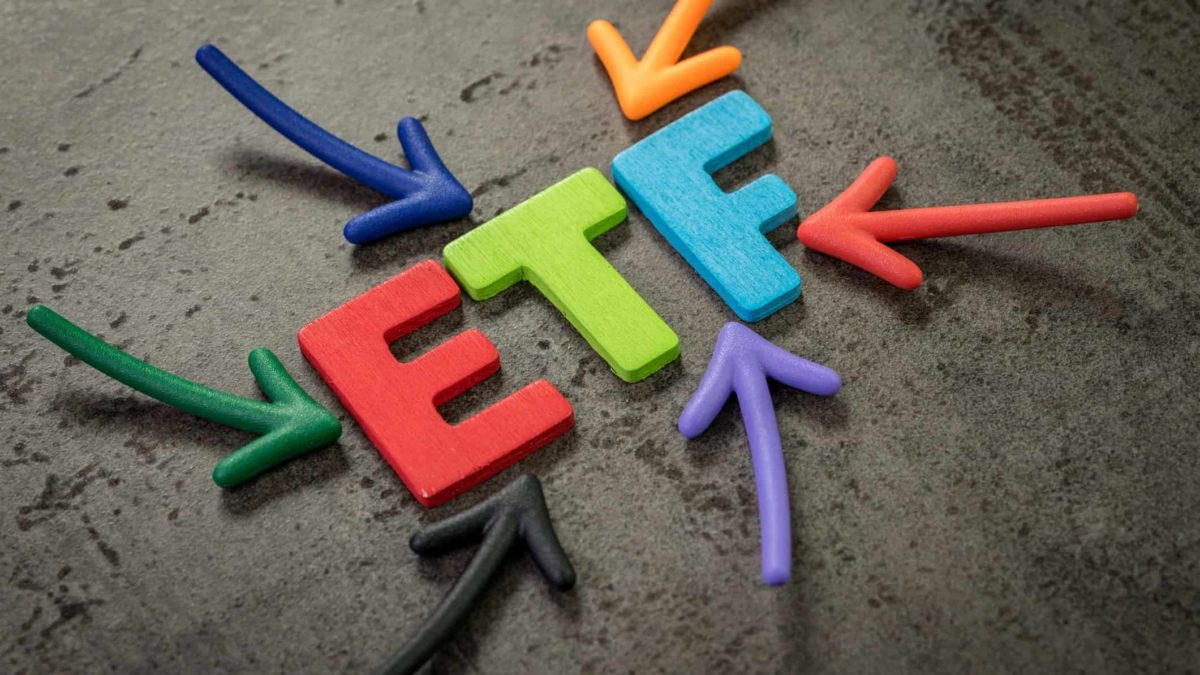ASX-focused exchange-traded funds (ETFs) are some of the most popular funds in Australia. But investors could be missing out if they are overinvested in funds that are focused on the ASX share market.
Several of the biggest ASX ETFs aim to give investors exposure to 200 or 300 of the largest businesses on the ASX. I'm talking about funds like Vanguard Australian Shares Index ETF (ASX: VAS), SPDR S&P/ASX 200 ETF (ASX: STW), iShares Core S&P/ASX 200 ETF (ASX: IOZ) and BetaShares Australia 200 ETF (ASX: A200).
However, the main ASX indices are heavily focused on just a few large blue chips, mainly from two sectors – ASX bank shares and ASX mining shares. We're talking about names like BHP Group Ltd (ASX: BHP), Commonwealth Bank of Australia (ASX: CBA), National Australia Bank Ltd (ASX: NAB), Westpac Banking Corp (ASX: WBC), ANZ Group Holdings Ltd (ASX: ANZ), Rio Tinto Ltd (ASX: RIO) and Fortescue Ltd (ASX: FMG).
However, the ASX only accounts for 2% of the global share market, and many of the world's strongest businesses are listed outside of Australia. The global share market has outperformed the ASX thanks to the focus on growth of those large businesses like Microsoft, Alphabet and Nvidia.
With that in mind, I'm going to name three international ETFs that could provide balance to portfolios that are too heavily weighted to ASX ETFs.
Betashares Global Quality Leaders ETF (ASX: QLTY)
This fund invests in a portfolio of 150 international companies that rate highly on quality metrics.
Those rankings are based on a combined ranking of four factors – return on equity (ROE), debt-to-capital, cash flow generation ability and earnings stability. A business that strongly ticks all four of these boxes is rare and is often able to deliver good returns for shareholders.
To me, it's no surprise the QLTY ETF has returned an average of 14.2% per annum over the last five years, though past performance is not a guarantee of future performance.
The holdings are fairly similarly weighted, with the largest position having a 2.4% weighting. The four positions with an allocation of more than 2% are Adobe, Intuit, Servicenow and Accenture.
VanEck MSCI International Quality ETF (ASX: QUAL)
This is another QUAL ETF that chooses its holdings based on certain quality metrics.
Its portfolio includes around 300 holdings from around the world, with stocks from the US, Switzerland, the UK, Denmark, and the Netherlands each making up more than 3% of the fund.
There are three factors that dictate whether a stock will make it into this portfolio: a high ROE, earnings stability and low financial leverage. A business that ranks highly on all three of these factors is likely to be a high-quality idea.
Impressively, the QUAL ETF has returned an average of 17.1% in the last five years. Again, past performance is not a guarantee of future performance.
Currently, there are four positions with a weighting of more than 5%: Nvidia, Apple, Meta Platforms and Microsoft.
VanEck Morningstar Wide Moat ETF (ASX: MOAT)
This ETF's portfolio is decided by analysts at Morningstar, who are looking for US businesses with strong competitive advantages that are expected to endure for at least two decades. Economics moats can come in many different forms, such as brand power, cost advantages or patents.
After that, the MOAT ETF only invests in these great businesses if they're trading at an attractive valuation compared to what the Morningstar team think that business is worth.
At the moment, the VanEck Morningstar Wide Moat ETF is invested in Adobe, International Flavours & Fragrances, Altria and Campbell Soup.
In the last five years, the MOAT ETF has delivered an average return per annum of 14.75%.









